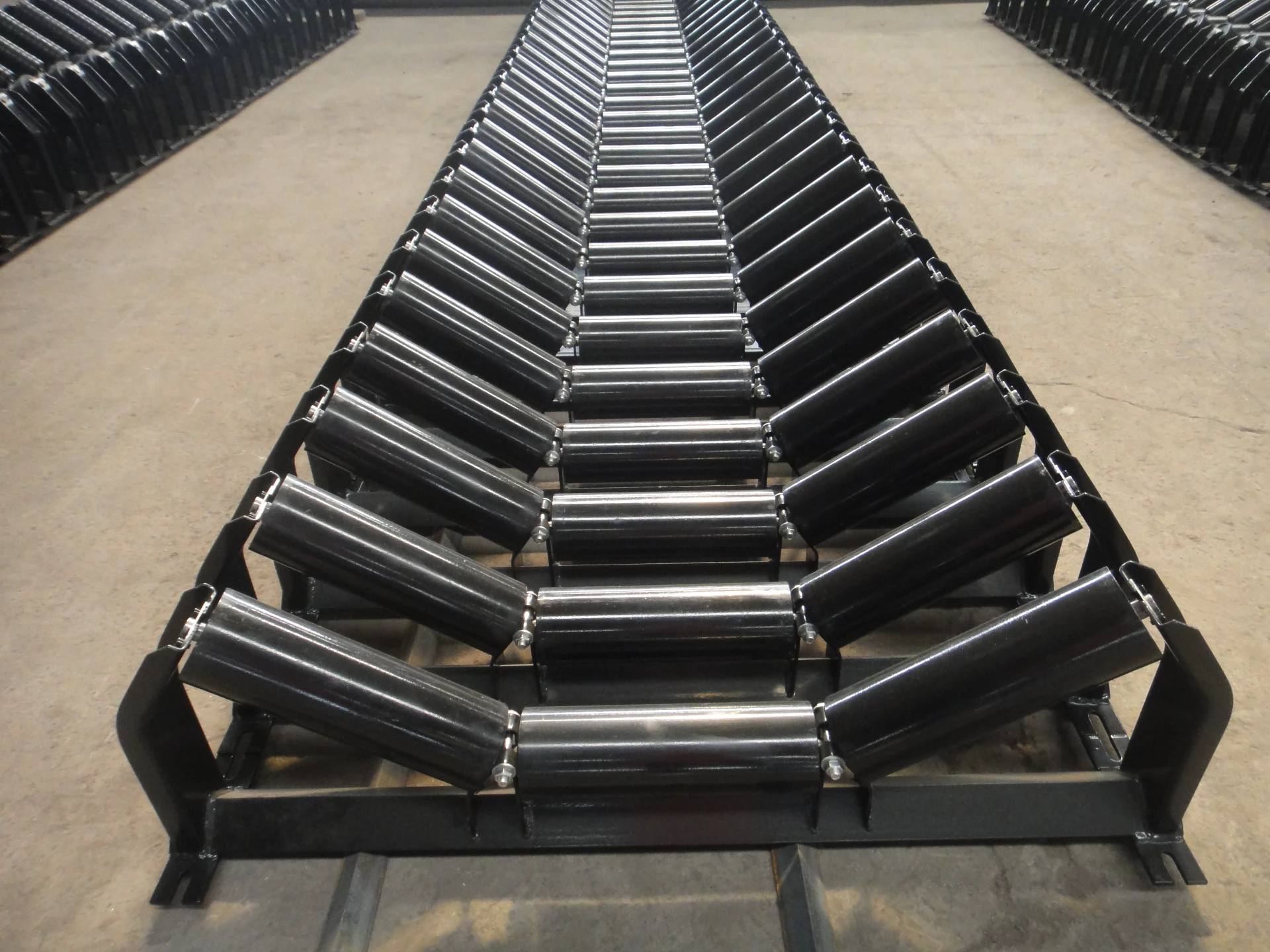 Afrikaans
Afrikaans  Albanian
Albanian  Amharic
Amharic  Arabic
Arabic  Armenian
Armenian  Azerbaijani
Azerbaijani  Basque
Basque  Belarusian
Belarusian  Bengali
Bengali  Bosnian
Bosnian  Bulgarian
Bulgarian  Catalan
Catalan  Cebuano
Cebuano  Corsican
Corsican  Croatian
Croatian  Czech
Czech  Danish
Danish  Dutch
Dutch  English
English  Esperanto
Esperanto  Estonian
Estonian  Finnish
Finnish  French
French  Frisian
Frisian  Galician
Galician  Georgian
Georgian  German
German  Greek
Greek  Gujarati
Gujarati  Haitian Creole
Haitian Creole  hausa
hausa  hawaiian
hawaiian  Hebrew
Hebrew  Hindi
Hindi  Miao
Miao  Hungarian
Hungarian  Icelandic
Icelandic  igbo
igbo  Indonesian
Indonesian  irish
irish  Italian
Italian  Japanese
Japanese  Javanese
Javanese  Kannada
Kannada  kazakh
kazakh  Khmer
Khmer  Rwandese
Rwandese  Korean
Korean  Kurdish
Kurdish  Kyrgyz
Kyrgyz  Lao
Lao  Latin
Latin  Latvian
Latvian  Lithuanian
Lithuanian  Luxembourgish
Luxembourgish  Macedonian
Macedonian  Malgashi
Malgashi  Malay
Malay  Malayalam
Malayalam  Maltese
Maltese  Maori
Maori  Marathi
Marathi  Mongolian
Mongolian  Myanmar
Myanmar  Nepali
Nepali  Norwegian
Norwegian  Norwegian
Norwegian  Occitan
Occitan  Pashto
Pashto  Persian
Persian  Polish
Polish  Portuguese
Portuguese  Punjabi
Punjabi  Romanian
Romanian  Russian
Russian  Samoan
Samoan  Scottish Gaelic
Scottish Gaelic  Serbian
Serbian  Sesotho
Sesotho  Shona
Shona  Sindhi
Sindhi  Sinhala
Sinhala  Slovak
Slovak  Slovenian
Slovenian  Somali
Somali  Spanish
Spanish  Sundanese
Sundanese  Swahili
Swahili  Swedish
Swedish  Tagalog
Tagalog  Tajik
Tajik  Tamil
Tamil  Tatar
Tatar  Telugu
Telugu  Thai
Thai  Turkish
Turkish  Turkmen
Turkmen  Ukrainian
Ukrainian  Urdu
Urdu  Uighur
Uighur  Uzbek
Uzbek  Vietnamese
Vietnamese  Welsh
Welsh  Bantu
Bantu  Yiddish
Yiddish  Yoruba
Yoruba  Zulu
Zulu conveyor idler pulley
Understanding Conveyor Idler Pulleys Essential Components for Efficient Material Handling
Conveyor systems play a critical role in various industries such as mining, manufacturing, and logistics. One of the essential components of these systems is the conveyor idler pulley. This article will delve into the importance, design, and functionality of conveyor idler pulleys, highlighting their contributions to enhanced productivity and operational efficiency.
What is an Idler Pulley?
An idler pulley is a cylindrical component that supports the weight of the conveyor belt and the materials being transported. Positioned along the length of a conveyor system, idler pulleys help maintain the tension of the belt, ensuring it runs smoothly and efficiently. Unlike drive pulleys, which are powered by a motor, idler pulleys primarily assist in belt support and guidance.
Functions of Idler Pulleys
1. Support and Stability One of the primary functions of an idler pulley is to provide support to the conveyor belt, preventing sagging and promoting a uniform flow of materials. This support is crucial for maintaining the integrity of the belt, especially when handling heavy loads.
2. Tension Regulation Idler pulleys play a vital role in maintaining the correct tension in the conveyor belt. Appropriate tension minimizes slippage, enhances efficiency, and prolongs the lifespan of the belt and other components.
3. Belt Alignment Proper alignment of the conveyor belt is essential for operational efficiency. Idler pulleys help with the tracking of the belt, ensuring it follows the designated path without veering off to the sides.
4. Load Distribution By distributing the weight of the material being transported, idler pulleys help reduce wear and tear on the conveyor belt. This load distribution is critical to reducing operational costs associated with maintenance and equipment replacement.
Types of Idler Pulleys
There are various types of idler pulleys designed for specific applications
. Some of the most common includeconveyor idler pulley

- Return Idlers Positioned on the return side of the conveyor belt, these idlers support the belt as it comes back to the drive pulley. They prevent the belt from sagging and provide stability.
- Troughing Idlers Often used in bulk material handling, troughing idlers have a cradle-like shape, allowing them to contain and support materials more effectively on the conveyor belt.
- Training Idlers Designed to correct belt misalignment, training idlers are adjustable and help ensure the belt remains centered during operation.
Material and Design Considerations
Idler pulleys are typically made from robust materials such as steel or durable polymers to withstand the rigorous demands of industrial applications. The design of an idler pulley must also take into account factors such as wear resistance, load-bearing capacity, and environmental conditions.
- Sealed Bearings Many idler pulleys incorporate sealed bearings to reduce friction and wear, extending the life of the component.
- Corrosion Resistance Depending on the application, idler pulleys may require coatings or finishes to protect against corrosion, especially in harsh environments.
Conclusion
Conveyor idler pulleys are integral components that ensure the smooth and efficient operation of conveyor systems. By providing support, regulating tension, aligning the belt, and distributing loads, these pulleys play a crucial role in enhancing the productivity of various industrial processes. Businesses that invest in high-quality idler pulleys and undertake regular maintenance can expect significant improvements in the reliability and efficiency of their material handling systems.
In an era where operational efficiency is paramount, understanding and optimizing components like conveyor idler pulleys is essential for businesses aiming to maintain a competitive edge. With advancements in materials and design techniques, the future of idler pulleys holds promise for even greater efficiency and performance in conveyor systems.
-
Revolutionizing Conveyor Reliability with Advanced Rubber Lagging PulleysNewsJul.22,2025
-
Powering Precision and Durability with Expert Manufacturers of Conveyor ComponentsNewsJul.22,2025
-
Optimizing Conveyor Systems with Advanced Conveyor AccessoriesNewsJul.22,2025
-
Maximize Conveyor Efficiency with Quality Conveyor Idler PulleysNewsJul.22,2025
-
Future-Proof Your Conveyor System with High-Performance Polyurethane RollerNewsJul.22,2025
-
Driving Efficiency Forward with Quality Idlers and RollersNewsJul.22,2025





























